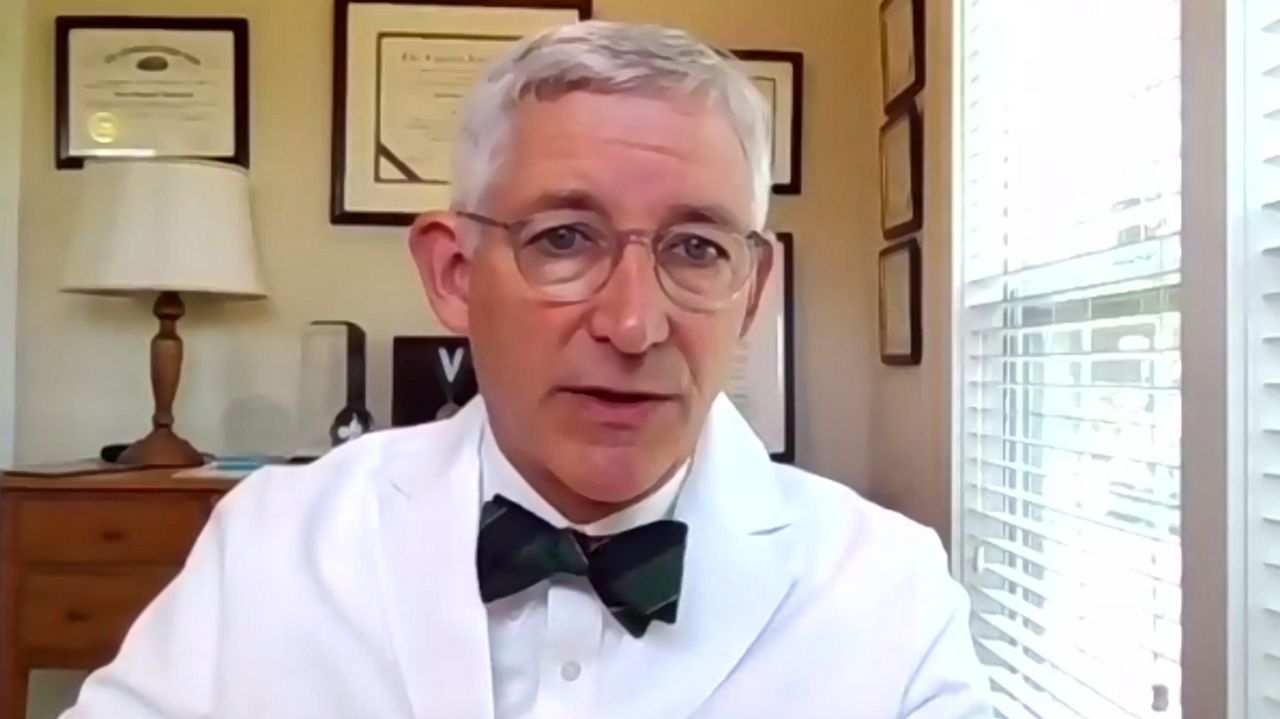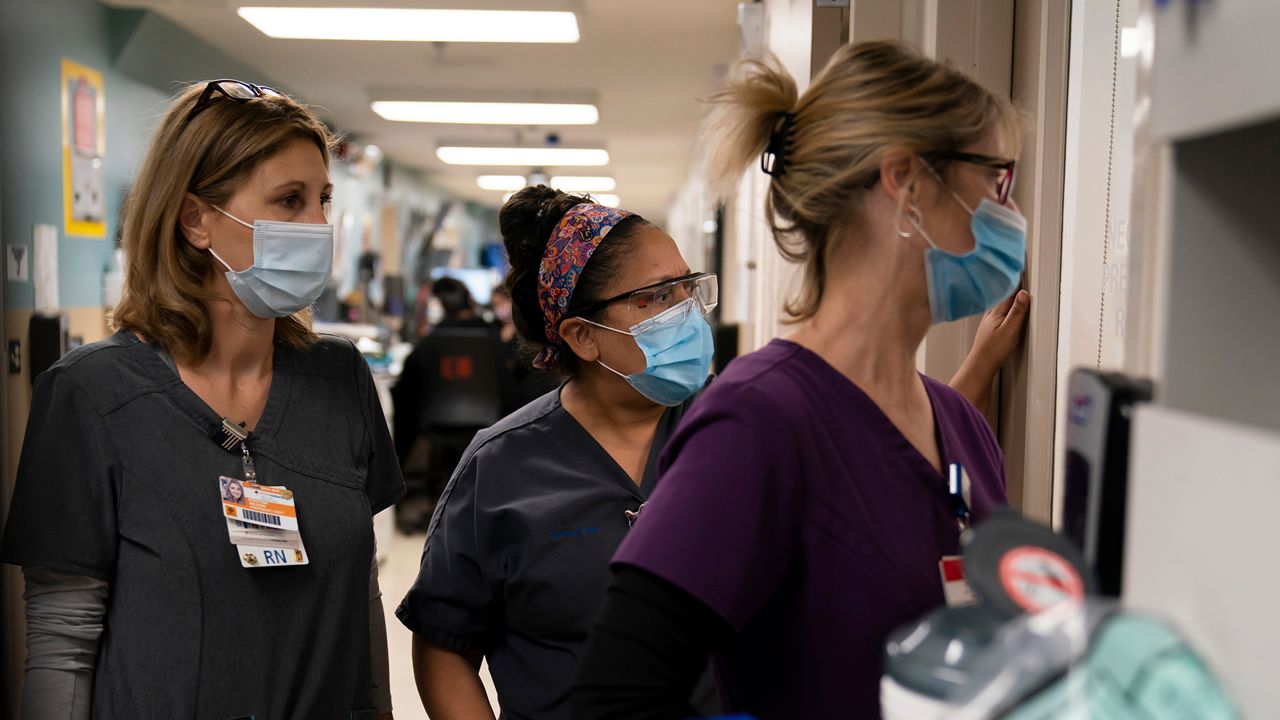COLUMBUS, Ohio — Very few fully vaccinated Ohioans have been hospitalized with COVID-19, health officials confirmed.
What You Need To Know
- Breakthrough cases represent a small fraction of COVID-19 deaths, according to officials
- In Ohio, 19 fully vaccinated people with COVID-19 have died since March 2, Dr. Vanderhoff said
- Hospitals say immunocompromised people are at higher risk for breakthrough infections
The state’s analysis of COVID-19 hospitalizations and deaths shows that the COVID-19 vaccines offer very strong protection against serious illness.
Ohio hospital officials said low breakthrough COVID-19 infection rates should give people confidence in the vaccines.
The Centers for Disease Control and Prevention defines “breakthrough” cases as people who test positive for the virus 14 or more days after receiving their final vaccination shot.
Since March 2, 19 fully vaccinated Ohioans with COVID-19 have died and 128 have been hospitalized, Ohio Department of Health Chief Medical Officer Dr. Bruce Vanderhoff said Thursday. Ohio has reported 1,602 total COVID-19 deaths in that timeframe, according to state data.
“Those are vanishingly low numbers and, again, reinforce the incredible efficacy of these vaccines,” Vanderhoff told Spectrum News during a news conference. “We've never in the history of modern medicine had a vaccine or therapeutic that is 100% effective.”

In May, 150 of 18,000 COVID-19 deaths in the U.S. were in fully vaccinated people, according to the Associated Press. That translates to about 0.8%, but because only 45 states report breakthrough infections, CDC officials said the national data probably understates such infections.
Vanderhoff said the median age for the state’s COVID-19 breakthrough hospitalizations was 76, and even higher, 81, for breakthrough deaths.
OhioHealth said it is seeing only a small number of breakthrough infections locally. The cases were mainly in people with weakened immune systems like transplant patients, Dr. Joe Gastaldo, system medical director of infectious diseases said.
“Right now, the vast majority of our hospitalized patients who have COVID-19 have not been vaccinated,” Gastaldo said. “Breakthrough infections in those who have been fully vaccinated are very uncommon according to recent CDC data, only occurring in about 1 out of 10,000 vaccinated individuals.”
If a fully vaccinated person does contract COVID-19, they are much more likely to have minimal symptoms and be able to recover on their own at home, Gastaldo said.
The CDC is leading studies to learn more about COVID-19 breakthrough infections, including identifying any trends in patients’ characteristics, the breakthrough rates for each vaccine and whether variants are contributing to the cases.
University of Cincinnati Health breakthrough infections were very few and far between, mainly occurring among immunocompromised individuals.
“COVID hospitalizations are extremely low in our region right now, and at UC Health we are not seeing vaccinated individuals require hospitalization except in rare instances where another health condition might make them more vulnerable,” a hospital spokesperson said in an e-mail.
University Hospitals in Cleveland has not seen a fully vaccinated healthy patient become severely ill with COVID-19 since it began keeping track in mid-March, according to Dr. Keith Armitage, an infectious disease specialist. A few immunocompromised patients were hospitalized with COVID-19 at UH, but they did not require intensive care treatment.
“Not a single vaccinated patient has ended up on a ventilator, so the protection of the vaccines against serious illness in people with normal immune systems is really incredible,” he said.



